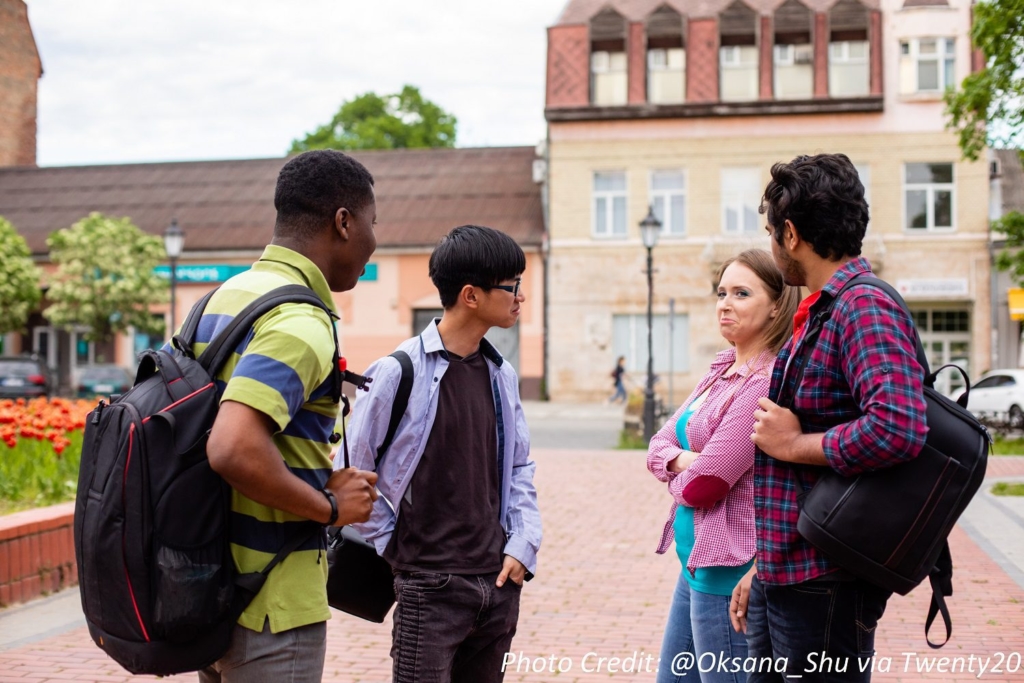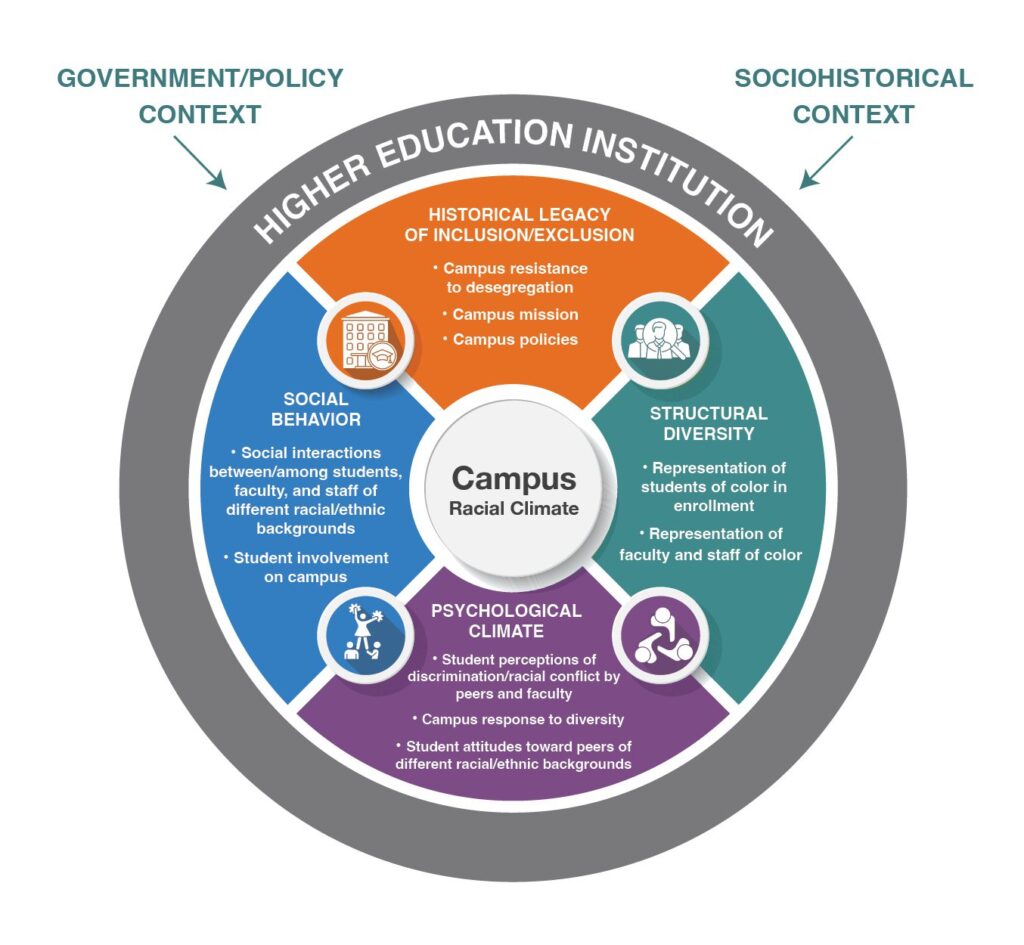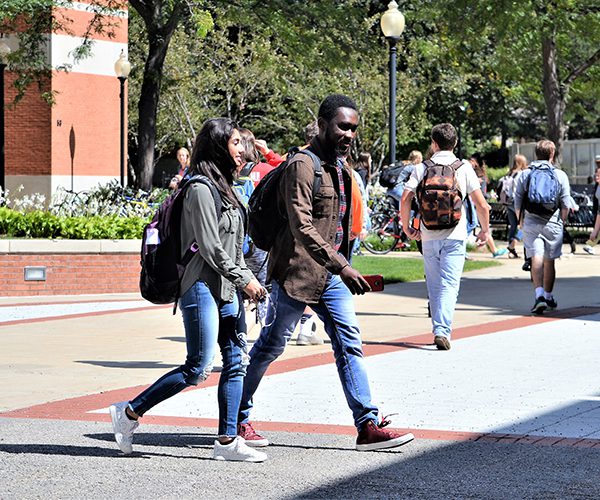‘Segregation Forever’? Private Universities Haven’t Increased Diversity in the Past 20 Years. What Now?
As an accompaniment to our analysis of Black student enrollment, EdTrust explored enrollment for Latino students at the nation’s 122 most selective private four-year colleges and universities.
At EdTrust, we believe college enrollment is just one component of higher education access, and that retention, completion, and student outcomes should be considered as well. But if students don’t enroll in college, they have a 0% chance to complete college. So, it’s important to examine college access for Black and Latino students.
In 2023, the Supreme Court banned the use of race-conscious practices in college admissions. However, even before that decision, enrollment at selective public institutions and selective private institutions has never reflected the diversity of states and the nation more broadly — even with affirmative action as a factor in admissions.
As an accompaniment to our analysis of Black student enrollment, we explored enrollment for Latino students at the nation’s 122 most selective private four-year colleges and universities. We looked at the years 2000 and 2020 to see how Latino enrollment at these institutions matched the demographics of Latino residents in the states from which first-time students came. While the share of Latino student enrollment grew at almost all these institutions between 2000 and 2020, enrollment did not represent the demographics of the states from which students came. Population parity is not the ultimate goal; however, it is the most reliable benchmark for comparison based on available data at the time of our analysis.
While all but two institutions in our sample have slightly increased their Latino undergraduate student enrollment since 2000, the overwhelming majority of the nation’s most selective private colleges and universities remain inaccessible for Latino first-time, full-time undergraduate students. Between 2000 and 2020, the percentage of institutions receiving D’s and F’s in our analysis fell almost 10 percentage points. However, even with this improvement, 88% of schools in our sample had access scores below 70.
Research shows that boosting racial and ethnic diversity has a positive effect on campus racial climate and student success in college, so making these institutions more accessible for Latino students would benefit all students.
Many of these selective private institutions have some of largest endowments of all degree-granting colleges and universities in the U.S., which suggests that limited fiscal resources are not to blame for the continued underrepresentation of Latino undergraduates among first-time, full-time enrollees. That said, financial resources alone will not be enough to move the needle in a higher education system that was built on racism, oppression, and white supremacy. Higher education leaders and policymakers must work intentionally to expand access and be held more accountable.
Our Recommendations
Here are four actions education leaders and policymakers can take to ensure that more Latino students have a chance to attend selective private colleges and universities:
- Develop recruitment strategies that increase access
- Assess and improve campus racial climates
- Leverage federal accountability
- Increase accountability from accreditors and accreditation organizations
Related

February 12, 2025 by
EdTrust
Despite the ongoing threats to diversity, equity, and inclusion, college DEI programs are important for students of color to feel like they belong.

October 17, 2023 by
Jessie Hernandez-Reyes
The term “campus racial climate” is used to describe the “current attitudes, behaviors, and practices of faculty and students at a higher education institution toward students based on their race/ethnicity.” So, how does a college’s campus racial climate affect college students of color?

August 29, 2023 by
EdTrust







 October 17, 2023 by
October 17, 2023 by 